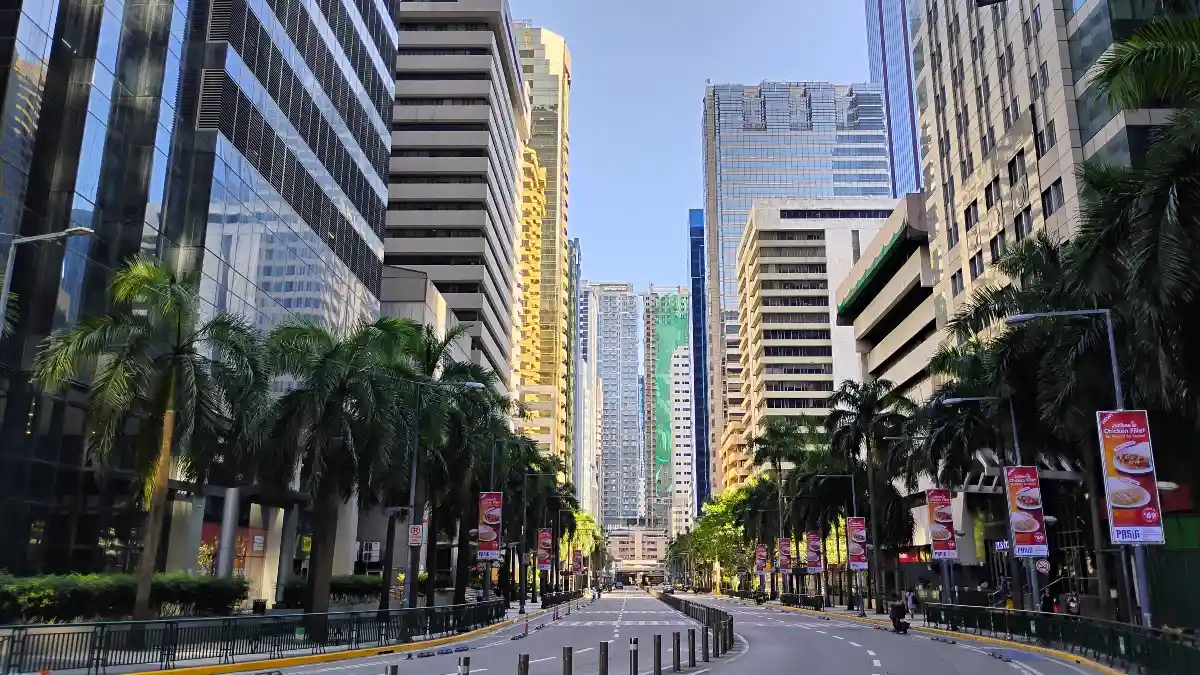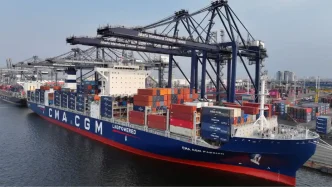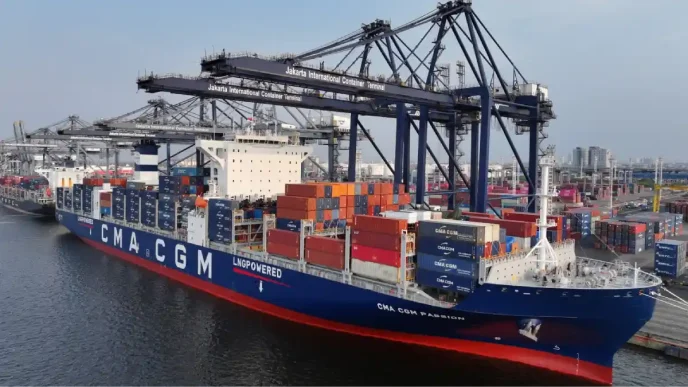A new 19-percent US import tariff on goods from the Philippines, part of a broader wave of trade agreements with Asian nations, has sparked a cautious optimism among investors. While the tariff rate is higher than previously announced figures, analysts interpret it as a sign of a more moderate US trade protectionism under President Donald Trump, potentially reshaping economic ties in the region.
A Softer Approach to Protectionism?
The United States’ latest trade policy move, imposing a 19-percent tariff on Filipino exports, marks a continuation of a series of agreements with Asian countries. This rate, confirmed after a bilateral meeting between President Ferdinand Marcos Jr. and President Trump in Washington, is higher than the 17 percent announced in April but below the 20 percent floated earlier in July 2025. Analysts at MUFG Bank, Japan’s largest banking group, described this as indicative of a moderate form of protectionism compared to earlier, more aggressive proposals, reportedly quoted as saying “This also reflects a shift in US trade policy toward a relatively more moderate form of protectionism compared to those reciprocal tariff rates announced on US Liberation Day in April”.
This shift appears to be fueling a renewed risk appetite among investors. MUFG noted that the milder-than-expected tariff rates across recent US trade deals—ranging between 10 and 20 percent—have bolstered confidence, driving capital inflows into Asian equity and bond markets. In the Philippines, this sentiment was evident last week as foreign investors became net buyers in the local stock market, purchasing 340 million Philippine Pesos (~US$6 million) more in shares than they sold. This marked a stark reversal from the previous week’s net foreign selling of 2.99 billion Philippine Pesos (~US$53 million).
The Philippine peso also reflected this optimism, briefly strengthening to 56 against the US dollar. MUFG forecasts the peso to remain around this level through the third quarter of 2025 before appreciating to 55.5 by the year’s end, driven by positive sentiment following these trade agreements.
Negotiations and Trade-offs
During the Washington meeting, President Marcos Jr. acknowledged the complexities of the negotiations. In exchange for accepting the 19-percent tariff on Philippine exports, the country agreed to eliminate tariffs on American automobiles and increase imports of US soybeans, wheat, and pharmaceutical products. When asked if the Philippines had been disadvantaged in the deal, Marcos Jr. responded with a pragmatic tone: “Well, that’s how negotiations go.”
This agreement is part of a broader US strategy to recalibrate trade relationships with Asian nations. Similar deals, such as the recent agreement with Japan, have also set tariff rates within a comparable range, suggesting a pattern of compromise rather than confrontation. While the immediate impact on the Philippine economy remains to be seen, the government’s willingness to make concessions on imports indicates a strategic push to maintain access to the lucrative US market, even at the cost of higher tariffs on its own exports.
For Filipino exporters, particularly those in key sectors like electronics and garments, the tariff hike could squeeze profit margins. However, the government’s decision to boost US imports may open opportunities for domestic industries reliant on American goods, potentially offsetting some of the negative effects. The balance of these trade-offs will likely become clearer in the coming months as economic data reflects the real impact of these policies.
Market Reactions and Regional Implications
The financial markets have responded positively to these developments, at least in the short term. Analysts at Nomura Global Markets Research highlighted that news surrounding these trade deals has been net-positive for stock markets, with US stocks and several major Asian equity indices reaching new highs in the past week. Nomura estimates that effective average tariff rates on Asian exports to the US will settle at around 19.5 percent, up from a previous projection of 15.2 percent. Despite the increase, markets appear to be reassured by the fact that deals are being finalized with major trading partners.
This optimism, however, is not without caveats. Nomura cautioned that the sustainability of this “risk-on rally” hinges on forthcoming economic data releases, which will reveal the tangible effects of these tariffs on Asian economies. The second half of 2025, in particular, is seen as a critical reality check period. The extent and timing of the tariffs’ impact on economic activity will determine whether the current market momentum can be maintained.
Beyond the Philippines, the ripple effects of these trade policies are being felt across the region. Countries like Japan, which recently concluded a realistic trade deal with the US after three months of negotiations, are also navigating this new landscape of moderated protectionism. For smaller economies in Southeast Asia, the precedent set by the Philippines’ agreement could influence their own negotiations with the US, potentially leading to a patchwork of tariff rates and trade concessions across the region.
Investor Confidence Amid Uncertainty
The immediate market response in the Philippines—a strengthened peso and a surge in foreign investment in local stocks—suggests that investors are, for now, willing to overlook the higher tariff rates in favor of the stability that finalized deals bring. The weakening demand for safe-haven assets like the US dollar, as noted by market analysts, further underscores this shift in sentiment. However, this confidence could be fragile if economic indicators in the latter half of 2025 show significant disruptions caused by the tariffs.
For Filipino businesses, the challenge lies in adapting to the new cost structures imposed by the tariffs. Sectors heavily reliant on the US market may face headwinds, particularly if the peso’s appreciation does not hold. On the other hand, the influx of US goods at lower tariff rates could stimulate certain domestic industries, potentially creating a more balanced trade relationship over time.
From a regional perspective, the broader trend of moderated US protectionism could encourage other Asian nations to pursue similar negotiations, prioritizing dialogue over escalation. This approach, while far from ideal for export-driven economies, may prevent the kind of trade wars that loomed large in earlier US policy proposals. The key question is whether this moderation will endure or if it represents merely a temporary reprieve before more stringent measures are introduced.
Looking Ahead: A Critical Juncture
As the Philippines and other Asian nations adjust to the new trade realities, the coming months will be pivotal in assessing the long-term implications of these tariffs. Economists and policymakers alike are bracing for the data releases that will shed light on how these policies affect growth, employment, and inflation in the region. For now, the markets are buoyed by the incremental progress of trade deals, but the underlying uncertainties remain.
The interplay between US trade policy and Asian economic resilience will continue to shape investor sentiment and policy decisions in the region. As the Philippines navigates this evolving landscape, the hope is that strategic concessions and market adaptability will mitigate the impact of higher tariffs. Whether this cautious optimism translates into sustained economic stability, however, is a question that only time—and data—can answer.
As 2025 progresses, the region watches closely, aware that the balance between protectionism and cooperation could define the next chapter of Asia-US economic relations.
















